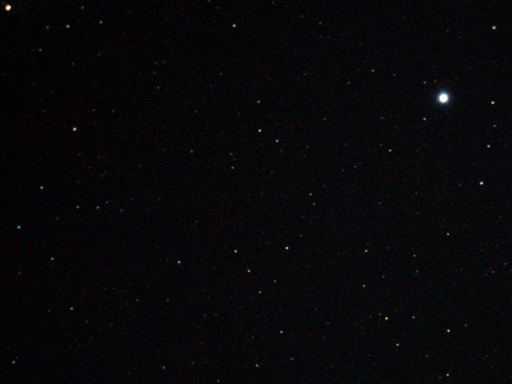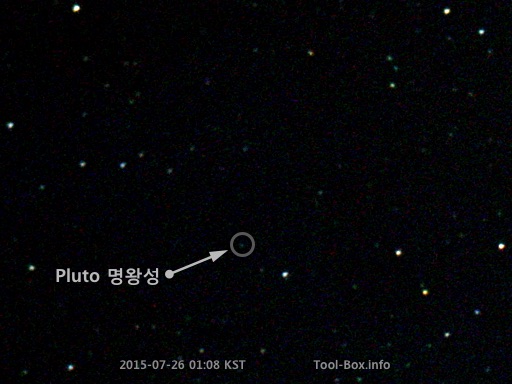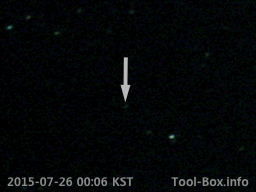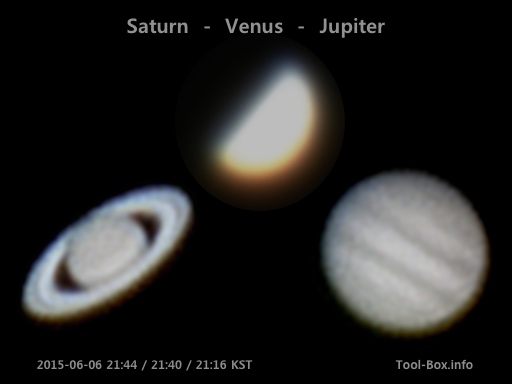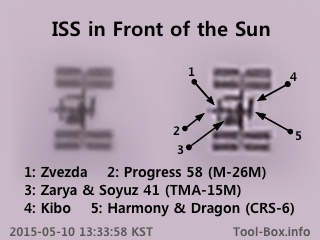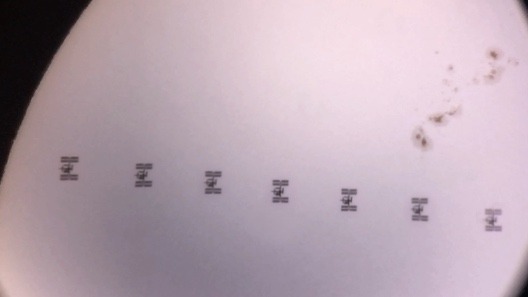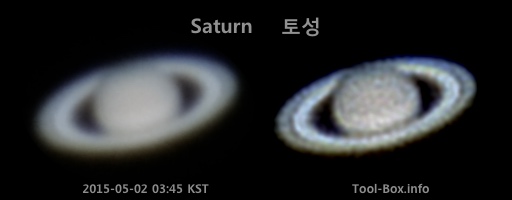Sony A5000 takes over astrophoto duties
Posted by Wesley onSony A5000 mirrorless camera with T-ring & adapter
My Canon EOS 450D DSLR camera is a fine equipment, but it is showing its age. So I decided to invest in a new equipment but not at too much expense. After much comparing, I decided to go with A5000, an entry-level mirrorless camera from Sony. It's got a highly sensitive sensor for its class, yet it's currently selling at quite a discount - about US$280 with a 16-50mm bundled lens, or just under US$200 for the main body.
As I ordered this camera, I also bought a T-ring for its E-mount lens mount so I could install it on my Celestron telescope. What you see above is how the camera looks with this attachment. I only took a handful of photos with the bundled lens before replacing it with the T-ring to start photographing the stars. I'm keeping the lens around just in case I need to shoot regular photos.
A5000 installed on the Celestron NexStar 6SE telescope
And this is how my new astrophotography setup looks like. The camera is practically the lightest APS-C sensor-based mirrorless camera out there, so it hardly burdens the telescope. I can also use my smartphone to remotely control the camera - a convenient feature that also prevents shaky images. I'm hoping to get some nice photographs out of this, so stay tuned.
